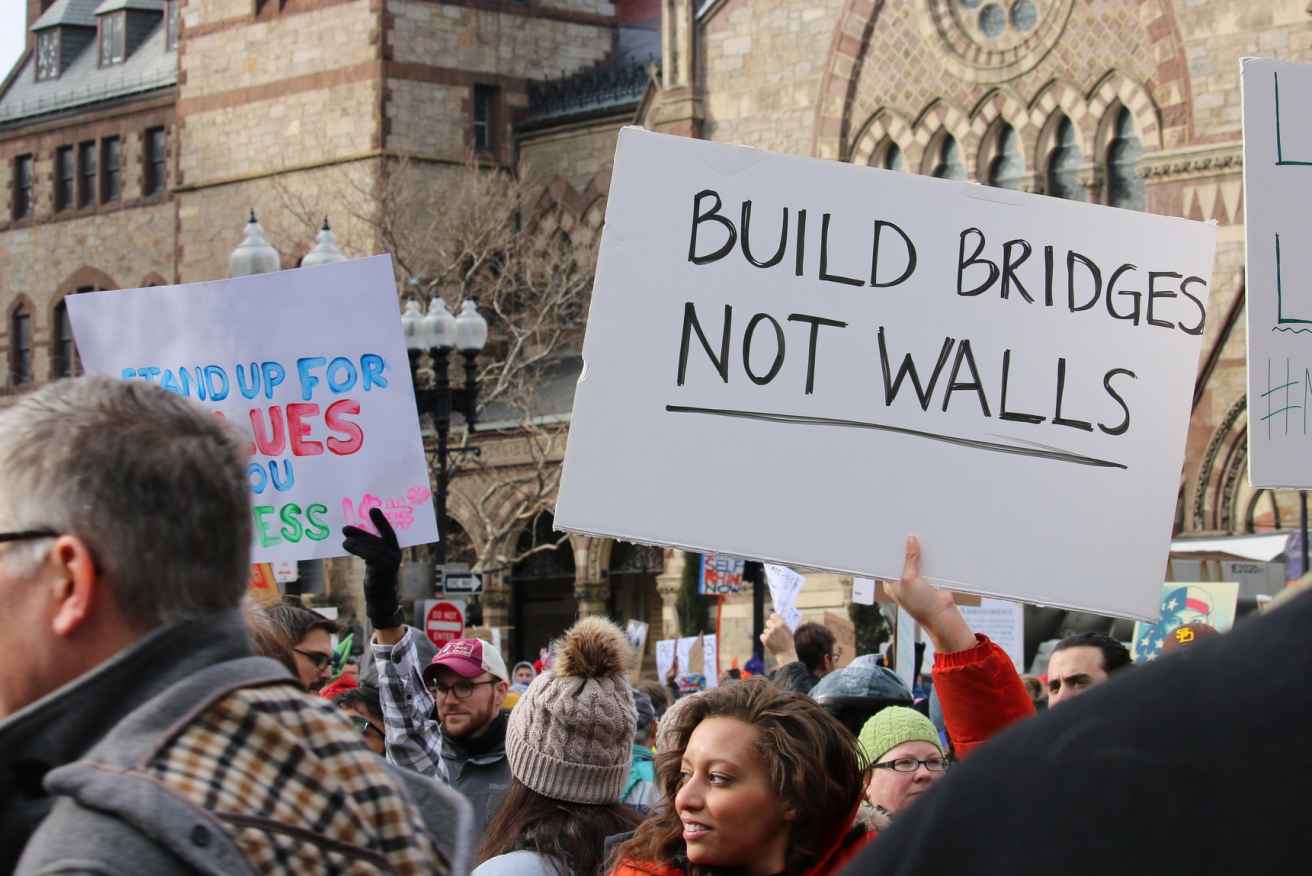We are a faith community that believes in speaking out, taking a stand and showing up. But what does that look like in a time of social distancing? Well, on October 12th, it looked like a car parade crossing the Fore River Bridge and circling the Weymouth Compressor Station. Along for the ride were Mary Ann and John Lape, Rich and Kathy Hassinger, and Carol Boggs – all there to protest the dangerous compressor, which is part of the Atlantic Bridge pipeline project to bring fracked natural gas through New England and into Canada, and to affirm our faith-rooted calling to care for God’s good creation.
The Weymouth station has been built in the most densely populated location ever in a coastal area in the US, at the fork of the Fore River, and will create air, noise, and odor pollution that will affect residents in Weymouth, Quincy, Braintree, and the South Shore. Compressors pose a serious health risk, especially when in such close proximity to a dense residential area. There's also a history of catastrophic accidents at similar Compressors that could devastate our waterfront, and put residents at serious risk in these Environmental Justice Communities. Despite years of protest from the Fore River Residents Against the Compressor Station, and our own Old South Climate Task Force, the station was scheduled to become operational on October 1, 2020. However, in the last three weeks of September the facility required two emergency shutdowns that lead to the leaking of over 265,000 cubic feet of natural gas, and so Enbridge will pause its planned start of operations.
The fight over the Weymouth compressor station is one of clearest examples of Environmental Racism in Massachusetts. It was African American civil rights leader and UCC Minister Benjamin Chavis who coined the term “environmental racism” in 1982, describing it as “racial discrimination in environmental policy-making, the enforcement of regulations and laws, the deliberate targeting of communities of color for toxic waste facilities, the official sanctioning of the life-threatening presence of poisons and pollutants in our communities, and the history of excluding people of color from leadership of the ecology movements”.
Indigenous populations often suffer from environmental racism. In the US, Native American communities continue to be subjected to large amounts of nuclear and other hazardous waste, as corporations take advantage of land trust laws. Decades of uranium mining on the land of the Navajo of New Mexico have caused longstanding problems in the community. The 2016-17 protests against the Dakota Access Pipeline were another example where the tribes came up against the power of policy and lost. Oil now flows through the pipeline, as a federal appeals court in August granted Dakota Access an emergency stay of an order in March that would have required the pipeline to cease operation and empty itself of oil by Aug. 5.
As the OSC Staff began our Diversity, Equity and Inclusion workshop last Tuesday, we began with an acknowledgement – the same acknowledgement we affirmed standing at the fork of the Fore River – that the land we stand on was once the land of the Massachusett Wampanoag. This Indigenous People’s Day let us honor the original peoples of this land, by taking an active stance against environmental racism in all its forms.
Creator, you bent the earth like a bow until it was one, round, shining planet. At your word the land was drawn into mountains and tundra, forests and prairies; the waters were gathered together into rivers, lakes and seas. Many times, when people crossed these seas from other lands they broke the circle of your creation by their greed and violence and they shattered the lives of others. Creator renew the circle of the earth and turn the hearts of all people to one another; that they and all the earth may live and be drawn toward you through the love of Jesus Christ, who lives with you and the Holy Spirit in the circle of the Trinity, forever One. Amen.
(A Prayer to the Four Directions, adapted and revised from the prayer used at the National Cathedral, DC in A Celebration of Native American Survival Service, 1992)








